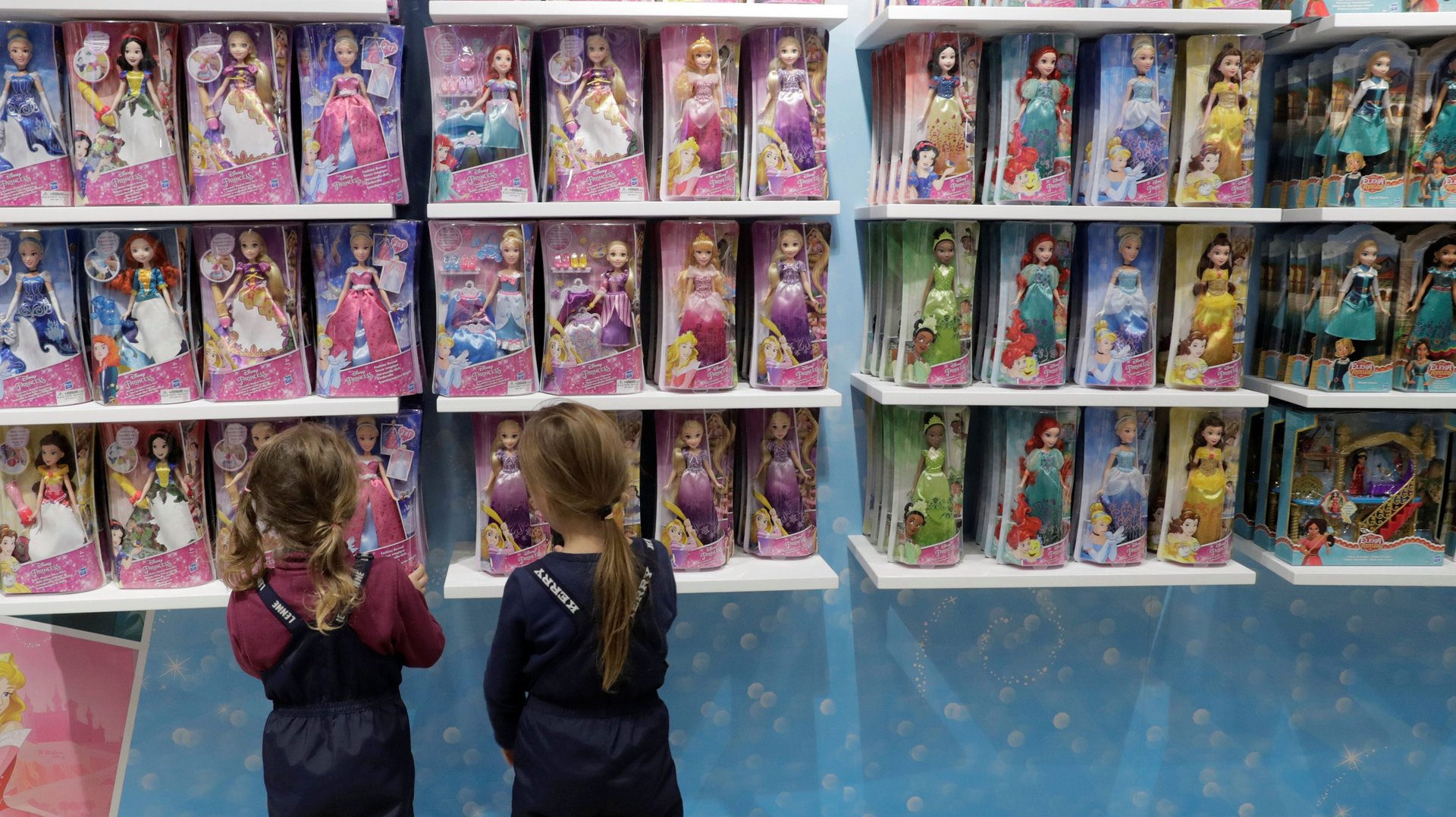A new study shows kids as young as three understand the concept of ownership
Kids as young as three are able to understand who owns an object based on its location, according to a new study from the University of Waterloo in Ontario, Canada.


Kids as young as three are able to understand who owns an object based on its location, according to a new study from the University of Waterloo in Ontario, Canada.
The new study, conducted by Brandon Goulding and Ori Friedman, surveyed children between the ages of three and five years old to try to measure what judgements they’re able to made about possessions. They found that children in that age range have surprisingly adult-like intuitions about the concept of ownership.
The researchers conducted six different experiments involving more than 500 kids in Canada. The children were shown slides that depicted two houses divided by a road, and were told that one house belonged to a person (“Ben”) and the other to his neighbor.
Each lawn contained four objects. In a series of exercises, they were then asked to determine whether each object belonged to Ben or his neighbor. Across all age categories in the study, kids were mostly able to point out that Ben owned the objects in his yard, but not the objects in his neighbor’s yard. After some seeds flew into Ben’s neighbor’s yard and grew into plants, the children said the flowers belonged to the person whose yard they had grown on. And when the kids were shown objects on Ben’s lawn that Ben did not know were there, the kids still judged that those objects belonged to Ben.
There were some differences across age categories. Four- and five-year-olds, for example, were able to consider an object’s history in determining ownership, while three-year-olds could not.
These experiments, the researchers write, “suggest that children believe that people own objects in their territory, even when the objects entered the territory without the owner’s knowledge or intent.” That’s important because small children often encounter situations involving concepts of ownership—whether the issue at hand is playing with a doll at a friend’s house, or borrowing a sibling’s crayons for coloring time.
“Previous research looked at how children understand the ownership of an object after someone has interacted with it or talked about it. But in the real world, we’re surrounded by objects that no one is interacting with or near, and it’s still important to know who owns what,” says Brandon W. Goulding, the lead author of the study. “One way we can do that is to realize a whole area is under someone’s ownership, and because of that, we can infer everything in that area is owned by that person. That way, you don’t have to worry about learning hundreds of individual object-owner relationships.”
What does this mean for parents whose kids have a case of the “gimmes”—who don’t understand that not everything belongs to them? “Our findings suggest that they might be able to figure out who owns something based on cues in their environment,” Goulding tells Quartz via email. “So maybe parents can encourage kids to stop and think about who owns something before interacting with it.”
This reporting is part of a series supported by a grant from the Bernard van Leer Foundation. The author’s views are not necessarily those of the Bernard van Leer Foundation.